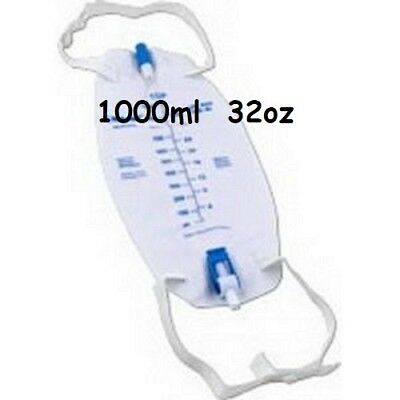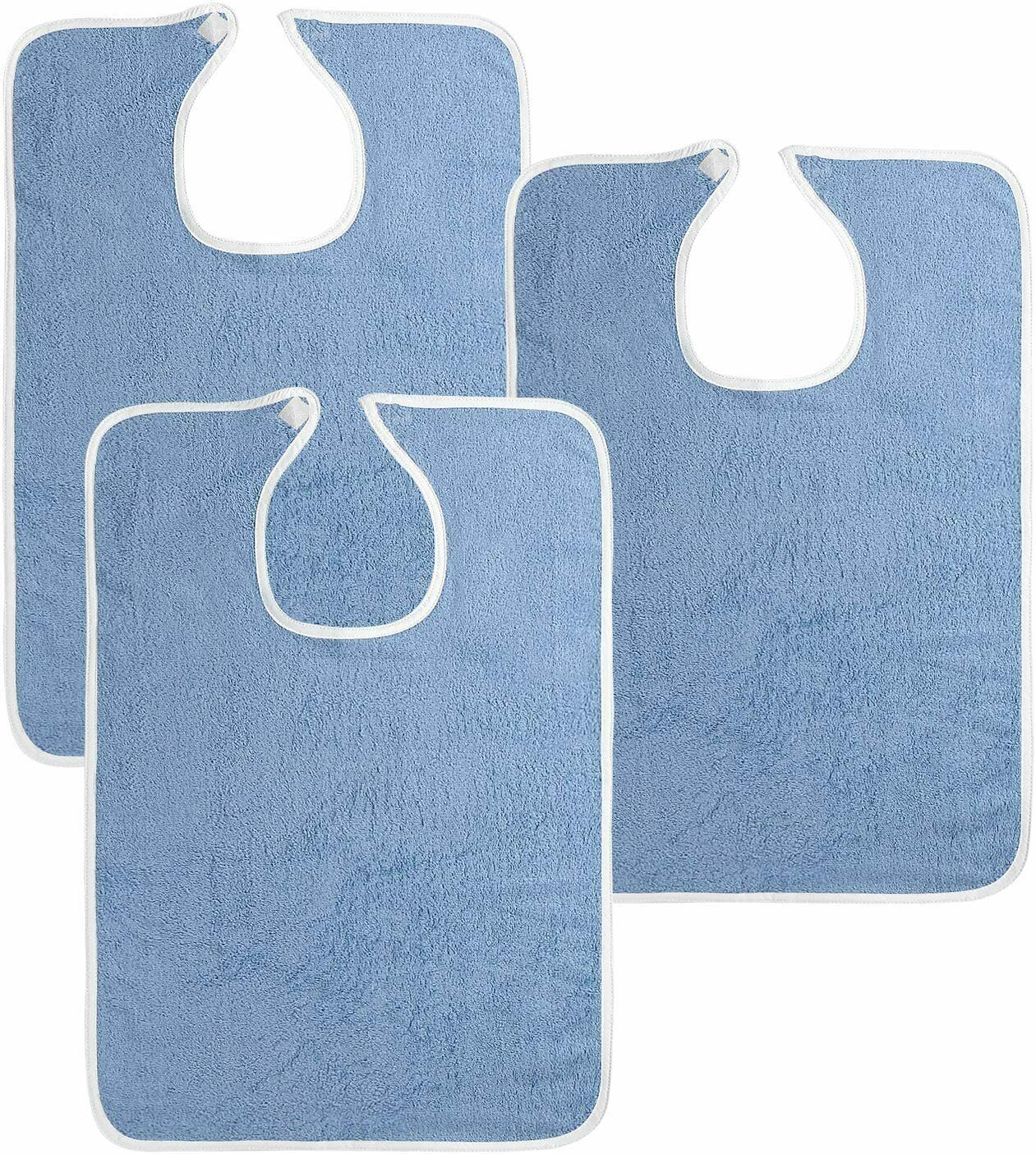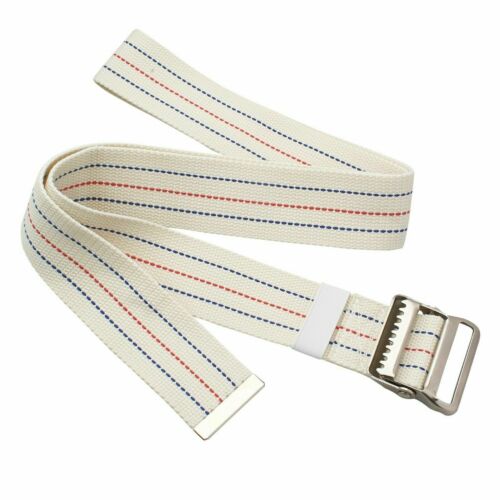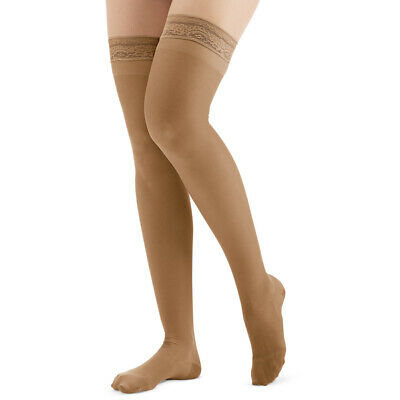-40%
Gait Belt Transfer Walking with 6 Purple Hand Grips Quick-Release Buckle LiftAid
$ 6.83
- Description
- Size Guide
Description
Gait Belt for Transfer & Walking with 6 Hand Grips Quick-Release Buckle LiftAidMEDICAL GRADE QUALITY CONSTRUCTION
– This machine washable gait belt is made of superior quality ultra-soft super-strong nylon. Comes with a 1 Year Warranty.
6 TOTAL HAND GRIPS MAKES AMBULATION EASY
– A total of 6 hand grips, 2 horizontal and 4 vertical, are secured firmly to the belt. This allows the caregiver to choose the best leverage points, reducing the risk of injury to the caregiver and patient.
ADJUSTABLE QUICK-RELEASE BUCKLE FOR FASTENING
– The gait belt is designed for quick fastening and unfastening while providing ultimate security during patient transfer and ambulation.
EXCEPTIONAL COMFORT FOR THE PATIENT
– The LiftAid Gait Belt features a 4” high-back, which is much wider than your traditional gait belts. The wider contact area provides greater comfort with higher weight bearing, allowing caregivers and nurses to transfer heavier patients with more control and less discomfort to the patient.
UNIVERSAL VERSATILE GAIT BELT
– The belt is 52” long and fully adjustable It can be sized to fit patients of any age or weight range with waist sizes 28” to 52”. Just one LiftAid Gait Belt is ideal for all patients in your facility. This makes the LiftAid Gait Belt the most cost effective solution for your patient transfer and ambulation needs.
Points to Remember
: More than one caregiver may be needed. Always transfer to resident's strongest side. Use good body mechanics and a rocking and pulling motion rather than lifting when using a belt. Belts may not be suitable for ambulation of heavy residents or residents with recent abdominal or back surgery, abdominal aneurysm, etc. should not be used for lifting residents. Ensure belt is securely fastened and cannot be easily undone by the resident during transfer. Ensure a layer of clothing is between residents' skin and the belt to avoid abrasion. Keep resident as close as possible to caregiver during transfer. Lower bedrails, remove arms and foot rests from chairs, and other items that may obstruct the transfer
When to Use
: Transferring residents who are partially dependent, have some weight-bearing capacity, and are cooperative. Transfers such as bed to chair, chair to chair, or chair to car; when repositioning residents in chairs; supporting residents during ambulation; and in some cases when guiding and controlling falls or assisting a resident after a fall.
For use after a fall always assess the resident for injury prior to movement. If resident can regain standing position with minimal assistance, use gait or transfer belts with handles to aid resident. Keep back straight, bend legs, and stay as close to resident as possible. If resident cannot stand with minimal assistance, use a powered portable or ceiling-mounted lift device to move resident.
I. Never apply the transfer belt to a patient if it is inappropriate or it compromises their safety or the safety of the caregiver. A physicians permission is necessary for any patient that may have the following conditions or procedures: Hernias, post-surgery incissions, G-tubes, colostomy, ostomy, sever Cardio Obstructive Pulmonary Disease (COPD), patients fitted tubes or lines and monitoring equipment. It is never to be used if the risks outweigh the benefits.
II. Seek assistance when necessary. Always follow your facility's written procedures for approved assisted transfer, lifting, and walking procedures. Do not over-rely on the transfer belt as it is not a substitute for proper body mechanics when assisting patients.
III. Always ensure that the belt is secure and the patient has a full range of motion while the belt is in use. Check to make sure the patient has proper circulation and skin integrity. Ensure that the belt is not interfering with any tubes and lines, or other equipment, and does not compromise any of the patient's medical conditions.
IV. Always inspect prior to every use. Check for broken parts or stitching, frayed or cut material. Check to make sure the buckle is not broken or cracked as it will not hold securely. Do not use a damaged belt or one that is soiled.
V. Never use the Transfer Belt as a form of a seat belt or to position a patient in a vehicle or chair. The Transfer Belt will not withstand the force of a vehicle crash and it is not designed as a seat positioning device.
VI. Please dispose of the belt properly as per your facility's policy for biohazardous materials.













